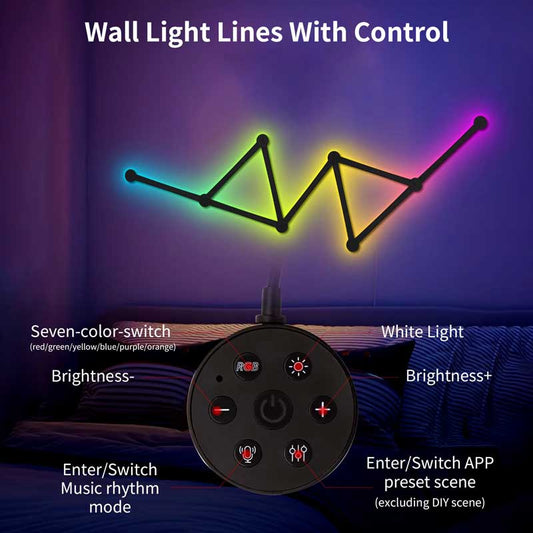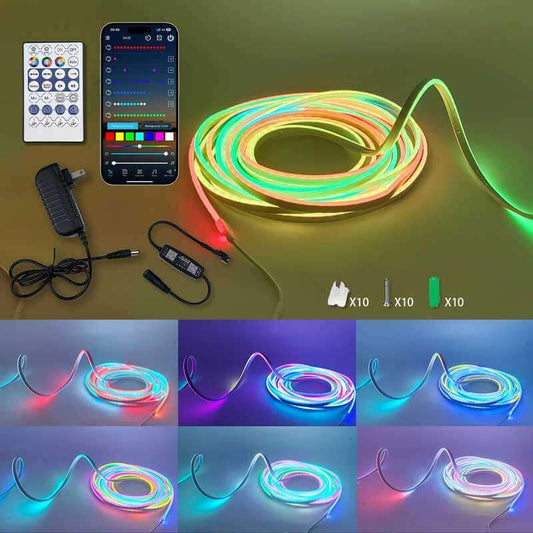How fast are robot dogs?
Share
In recent years, the development of robot dogs has made huge strides, bringing futuristic technology closer to reality. These robotic animals have not only impressed us with their abilities to navigate diverse terrains but also with their speed. But how fast can these robot dogs actually go? Let's explore the fascinating world of robotic canines and how their speed stacks up!
1. Spot – Boston Dynamics' Agile Robot Dog
One of the most well-known robot dogs is Spot by Boston Dynamics. Spot is engineered for agility, stability, and versatility, designed to handle everything from industrial inspections to search-and-rescue missions. When it comes to speed, Spot can run at up to 3.5 miles per hour (5.6 km/h), making it faster than many people might expect for a robot. Though not as fast as a greyhound, this speed is impressive when you consider the terrains it can traverse, from rocky hillsides to stairways.
2. Unitree A1 – The Compact Speedster
Another robot dog making waves is the Unitree A1, a robot developed by Chinese company Unitree Robotics. With speeds reaching about 3.2 miles per hour (5.1 km/h), the A1 is known for its compact size and impressive agility. While it's not the fastest, its speed is more than enough for a variety of applications, including surveillance, inspection, and even personal use in some cases.
3. Robotic Dogs: Speed Isn't Everything
While these robot dogs are fast and can move quickly, their real strength lies in their balance, stability, and ability to navigate challenging environments. Unlike real dogs, which are built for agility and speed, these robots prioritize their ability to function effectively on rugged terrain, in tight spaces, and over long periods of time.
4. Why Speed Matters Less Than You Think
Robot dogs like Spot and the Unitree A1 are not built to race or break speed records. Their true value lies in their ability to perform tasks in environments where humans or traditional machines would struggle. Whether it's inspecting a factory floor, assisting in search-and-rescue operations, or working in hazardous areas, these robots are designed to overcome obstacles with precision, not necessarily speed.
5. Future Speed Enhancements for Robot Dogs
Looking ahead, we can expect even faster robot dogs as technology improves. While speed may not be the primary focus, future robots will likely be able to move even more swiftly while maintaining the stability and flexibility that make them so useful.
Conclusion
Robot dogs have captured our imagination with their remarkable capabilities. While they may not rival the fastest animals, their speed, combined with their ability to navigate complex environments, makes them highly valuable in practical applications. Whether it's for industrial purposes, emergency services, or personal use, robot dogs are changing the way we think about robotics, and their speed is just one of the many aspects of their impressive design.




